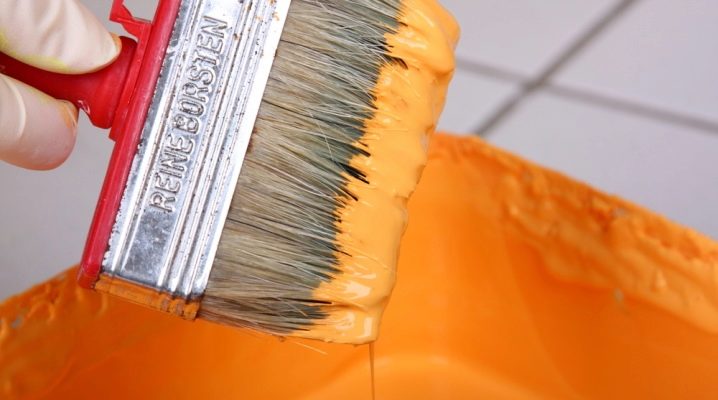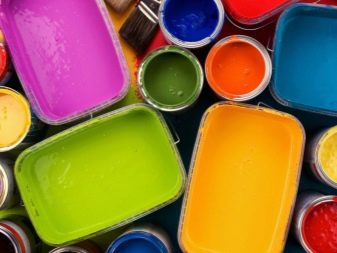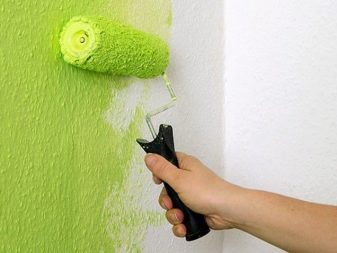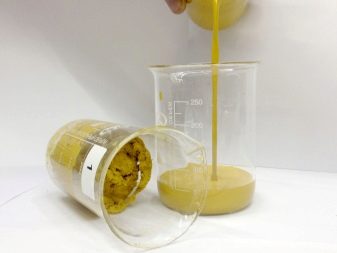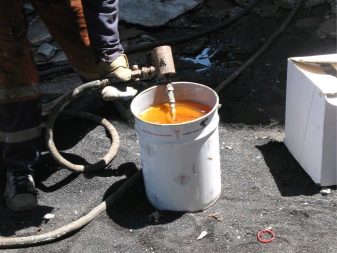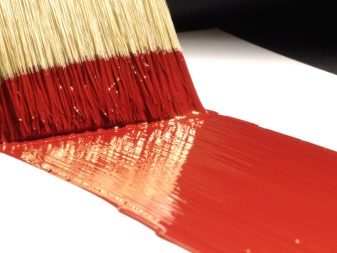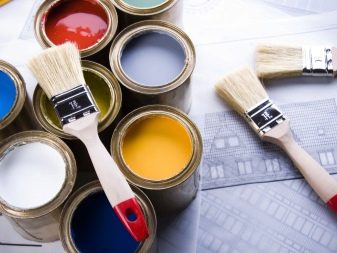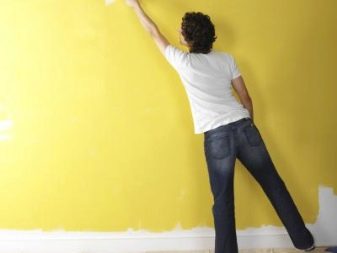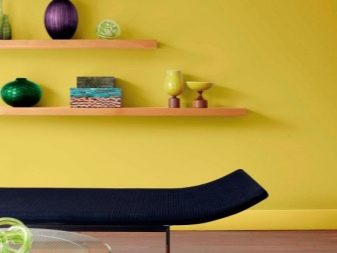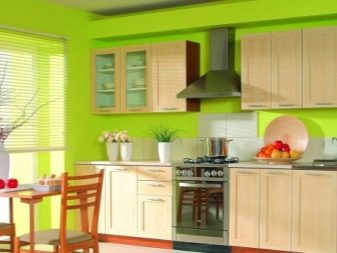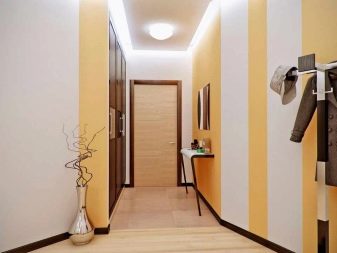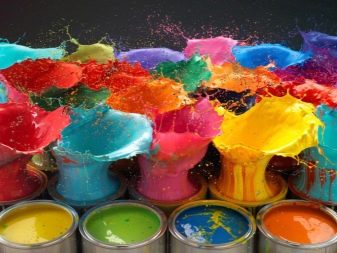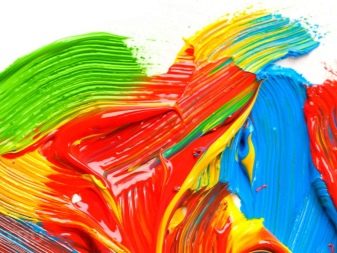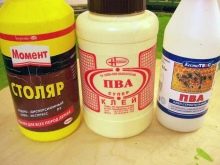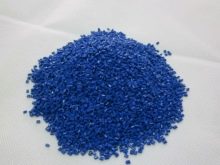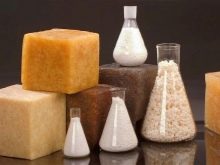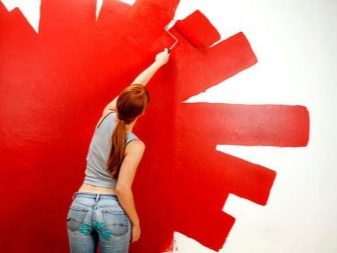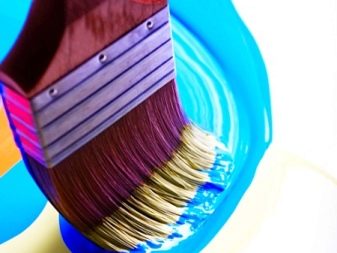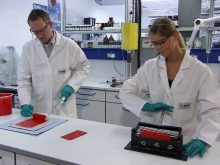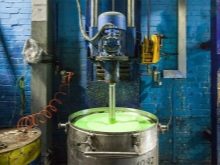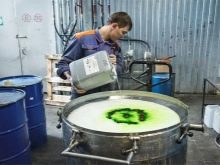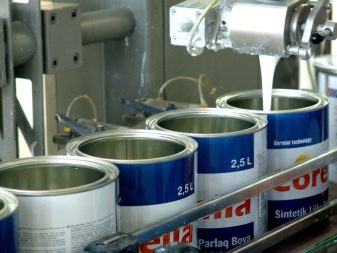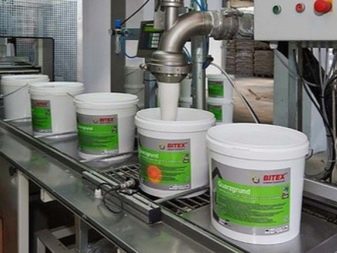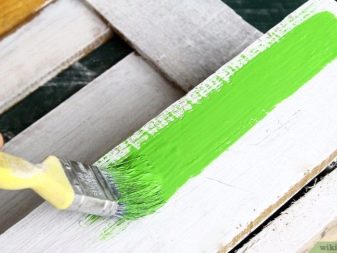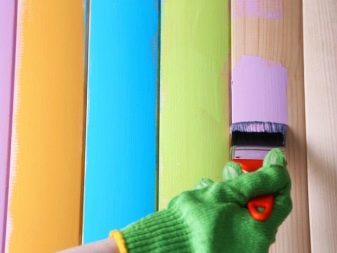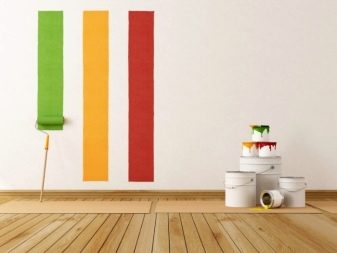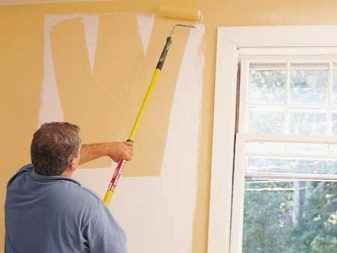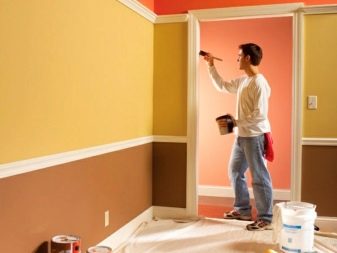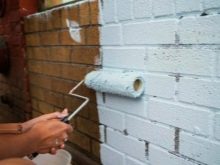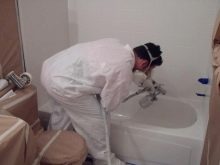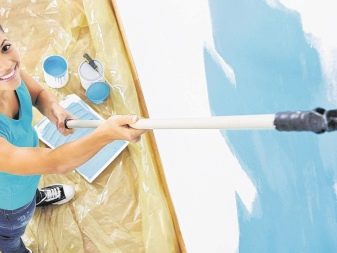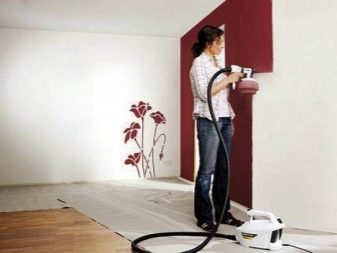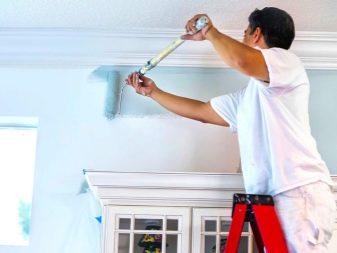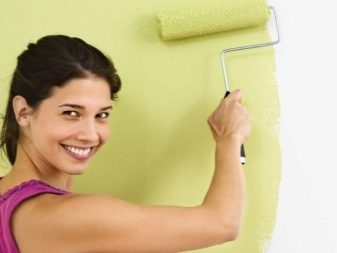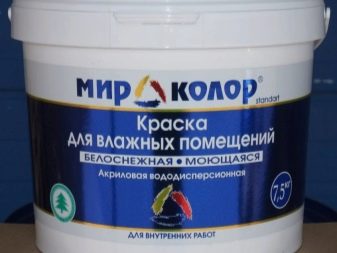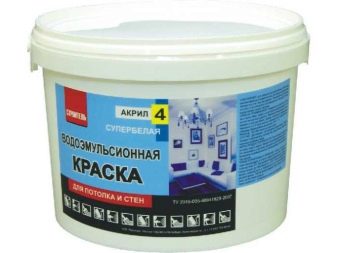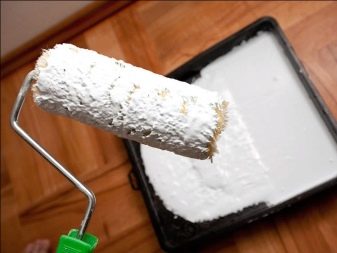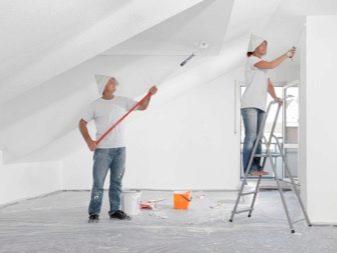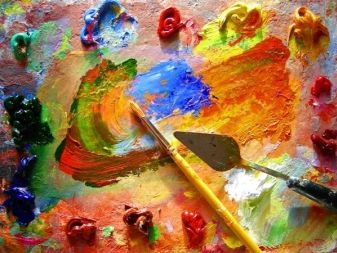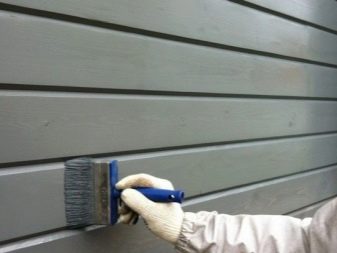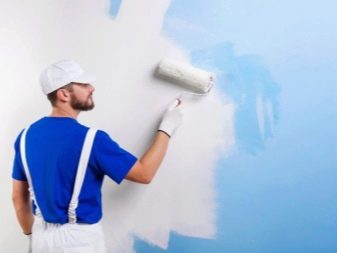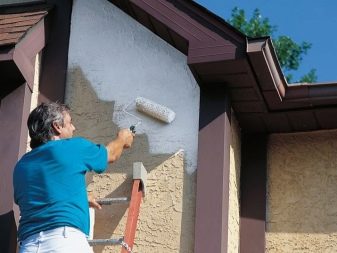Water emulsion and acrylic paints: differences in compositions
Water emulsion paints entered our life long ago. Their last version - acrylic paintwork is very popular due to its improved properties. The difference in the compositions determines the breadth of application of the types of water-dispersion material.
History of origin
In 1912, the German chemist Fritz Klatte invented PVA glue. Three types of dispersion for water dispersion paints in the first half of the twentieth century were discovered successively: the dispersion of PVA is the first base, synthetic rubber is the second dispersion base, and the last in time to create a dispersion is acrylic.
Reference: a homogeneous substance from liquids that do not initially interact, is called a dispersion. In the resulting emulsion paints there is a solvent (here - water) and a coloring part with different additives.Due to the fact that these 2 parts of the dispersion do not interact, they cannot mix forever, they will eventually disintegrate into their original layers.
Any paintwork material for this reason requires thorough mixing.
Two American artists in the 50s produced the first acrylic paints, which could not be dissolved by water, but dissolved, for example, with turpentine. They were intended exclusively for the narrow scope of application - artistic.
One decade passed, and in 1960 one of these two artists, Leonard Boku, created an acrylic paint completely water-soluble.
A little less than 30 years ago, Russia began to import acrylic water-based paints, which we then did not produce. Now their production is being established on the territory of our country, and we produce quite competitive products.
Species
As can be seen from the history of the origin of water-dispersion materials, their types differ depending on the basis of the dispersion.
The cheapest emulsion paints based on PVAsince they dissolve in water, they are unstable to it. But they retain color and are resistant to UV radiation.
They can be used only in indoor dry areas (bathroom and kitchen excluded) and on surfaces that do not require frequent and thorough wet cleaning.
The following form - styrene butadiene quality is higher. Paints of this type are also applicable in the interior, they are more resistant to wear, but not to sunlight. Frost are not.
Last and the most high-quality type of water dispersion paint is acrylic. Treats the most expensive types because of the difficult improved structure. It is practically universal and is intended for any internal and external surfaces on which it forms an elastic, abrasion resistant film. This paintwork material is completely water resistant, has a temperature, UV resistance.
Composition
The solvent in water dispersion paints is demineralized water, purified from mineral salts.
The copolymers forming the film on the painted surface occupy about 1/2 the volume of the total mass. These will be:
- polyvinyl acetate, its emulsion in water is the well-known PVA glue;
- styrene butadiene - or synthetic rubber, resistant to water, unlike the first option, but not resistant to UV radiation;
- styrene acrylate, its smallest particles provide good adhesion, paints with this polymer have higher quality characteristics than paints with the first 2 polymers;
- acrylateIt forms a very strong adhesion to the surface, providing high protection from sunlight, paints based on it are among the most expensive - they are widely used in outdoor decoration;
- versatat, a new, recently started to be used as part of water-based paints, a film former (also known as a copolymer), the paint with which has excellent qualities, but cheaper than the paint on acrylate, is comparable in price to styrene-acrylate.
This is followed by various additives, which are also responsible for the properties and quality of the paint, the scope of its application:
- pigments proper - coloring base;
- thickeners (most often - CMC glue, or carboxymethylcellulose) and preservatives;
- plasticizers;
- antiseptics;
- frost protection antifreeze;
- substances that reduce foaming, and those that improve the viscosity of the composition;
- anti-corrosion additives;
- dispersants, whose role in the composition is difficult to overestimate, they are responsible for preventing the separation of paint and varnish materials into components, simply speaking, do not allow particles to stick together.
The cheapest white water-based paint produced on the basis of chalk, has the appropriate qualities and purpose. Best quality white pigments are zinc oxide and titanium dioxide. Fillers can be several minerals at once: talc, mica, calcite.
Specifications
Depending on the composition of the paint has certain technical characteristics. This means requirements for:
- drying rate of 1 layer;
- covering ability - is responsible for paint consumption;
- the type of surface formed is its uniformity;
- pH level - neutral, low-alkaline;
- degree of resistance to UV rays;
- wear resistance;
- possible use at low temperatures.
LK material for finishing work is selected based on these characteristics. Thanks to the right choice, it will fully comply with the conditions of use, will last for a long time, showing its best performance.
Properties
The quality of the water dispersion material depends on the dispersion copolymer, on one of the 5 listed in the “Composition” paragraph:
- polyvinyl acetate;
- styrene butadiene;
- styrene acrylate;
- acrylate;
- Versatata.
Let us consider in turn the properties of water-based paints, which are based on one of them:
- yellowing, lack of resistance to water, for this reason, a narrow scope of application - only in rooms with a normal humidity level, on surfaces that do not require wet cleaning, not subjected to mechanical stress;
- good water resistance, but susceptibility to UV radiation, application is slightly wider, but still limited to indoor surfaces;
- the porosity of the coating, forming vapor permeability, resistance to fading in light, tight adhesion to many surfaces - high adhesion, as a result of wider use, on internal and some external surfaces;
- the highest resistance to light, all advantages are improved and allow you to actively apply this type of acrylic water-dispersion paint in unprotected conditions of the natural environment - on the street, that is, in exterior decoration (facades of different materials - wood, plaster);
- excellent quality characteristics comparable to all the advantages of the listed acrylic paints.
Latex acrylic paints created on the basis of synthetic rubber - styrene-butadiene, with silicone additives, have several advantages:
- resistance to water - form a washable surface, applicable in rooms with high humidity;
- elasticity - will not crack;
- adhesion;
- vapor permeability, but from the fungus it is better to use a preliminary primer;
- wear resistance - for rooms with intensive loads;
- a variety of decorative effects;
- incombustibility
Like all water-based paints, it is environmentally friendly, as it does not contain toxic organic solvents, it dries quickly and is odorless.
All water-dispersion materials can be tinted, they are simple in work, resistant to alkalis.
Acrylic paints retain color, serve for a long time - 10-20 years, are easy to wash, can be used for painting furniture.
Differences
Water-based paints compare favorably with coatings based on organic solvents - enamels, varnishes as safe for health, non-flammable, quick-drying.
Water-dispersion paints have differences in the compositions, which determine their purpose, scope of application.Acrylic types are an advanced version of water-based paints. The difference between the first water-based paints and their modern compositions is significant. Progress brought them to a new level of application, and now it is one of the best multi-profile paintwork materials.
disadvantages
Minor minuses: it is possible to paint at t from + 50С, this type of paintwork material should not be frozen.
Acrylic is more expensive, but the price is justified by its qualities.
It is difficult to cover a wooden surface with water-based paint due to the high surface tension of the paint.
Scope of application
Artistic work, finishing works - interior, facade. Aqueous emulsion acrylic paints are used on wooden, concrete, brick, plastered, metal surfaces. Designers and artists widely use these colors in their work.
Read more about the types of paints in the next video.
